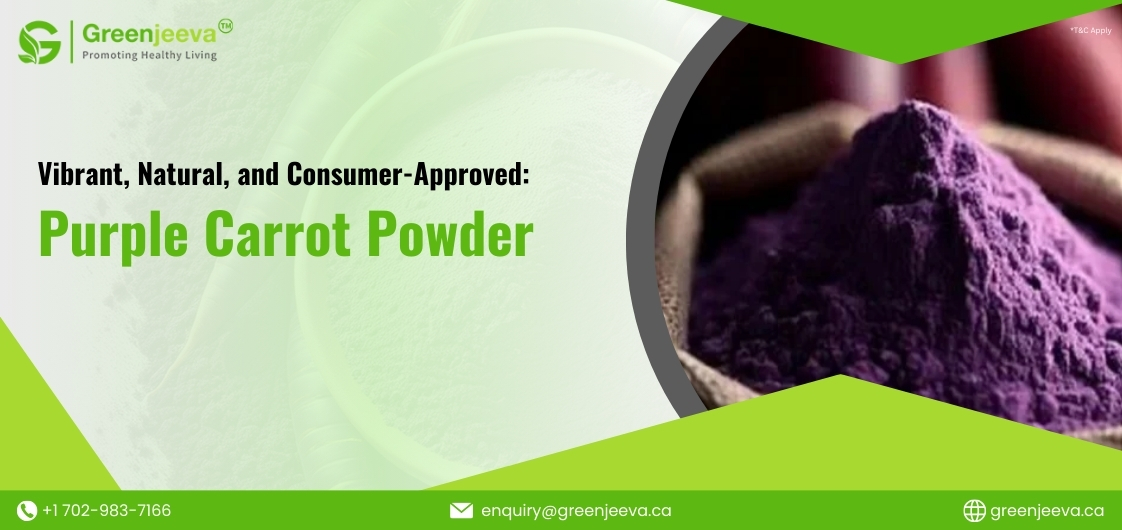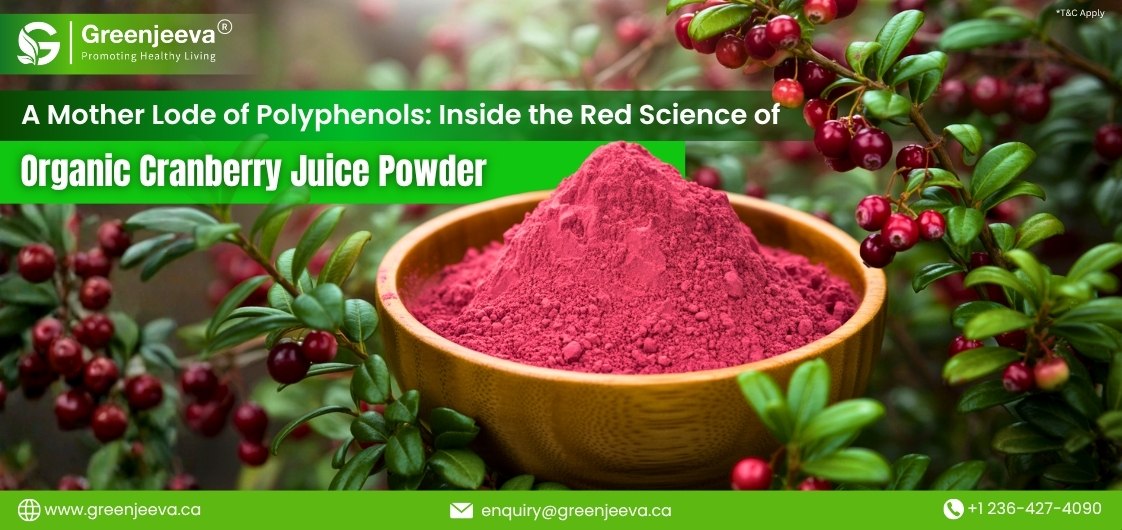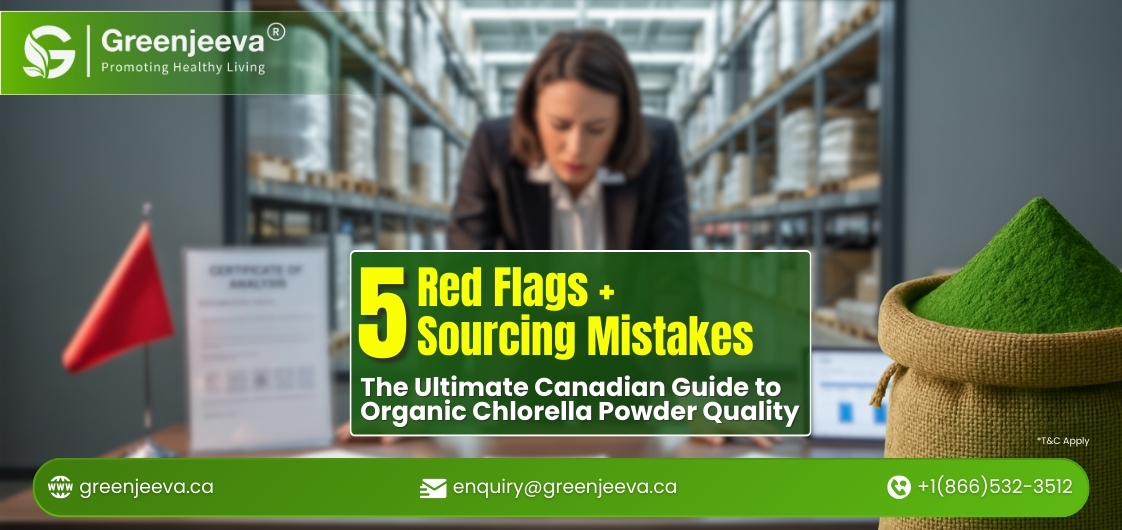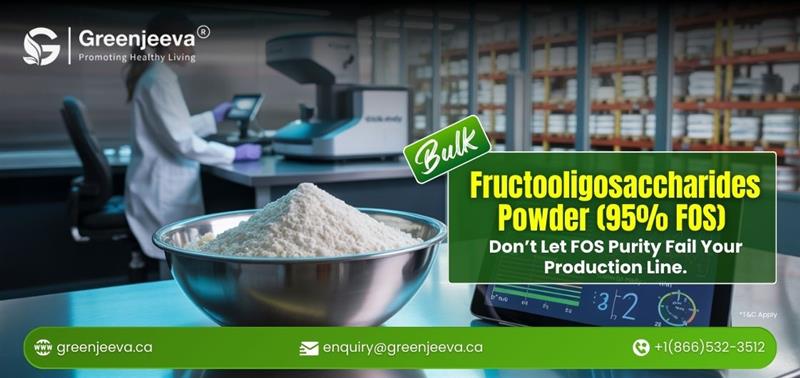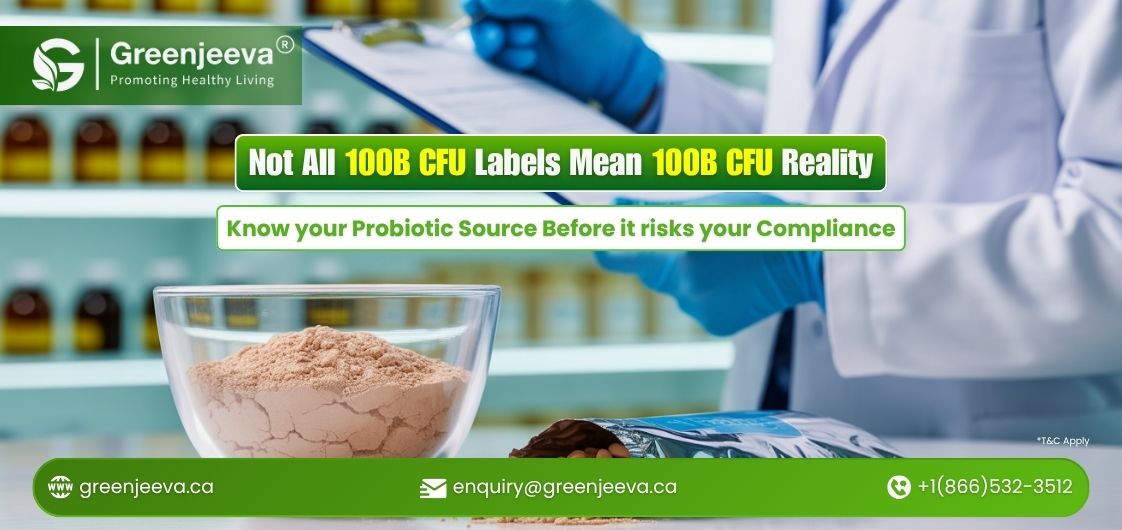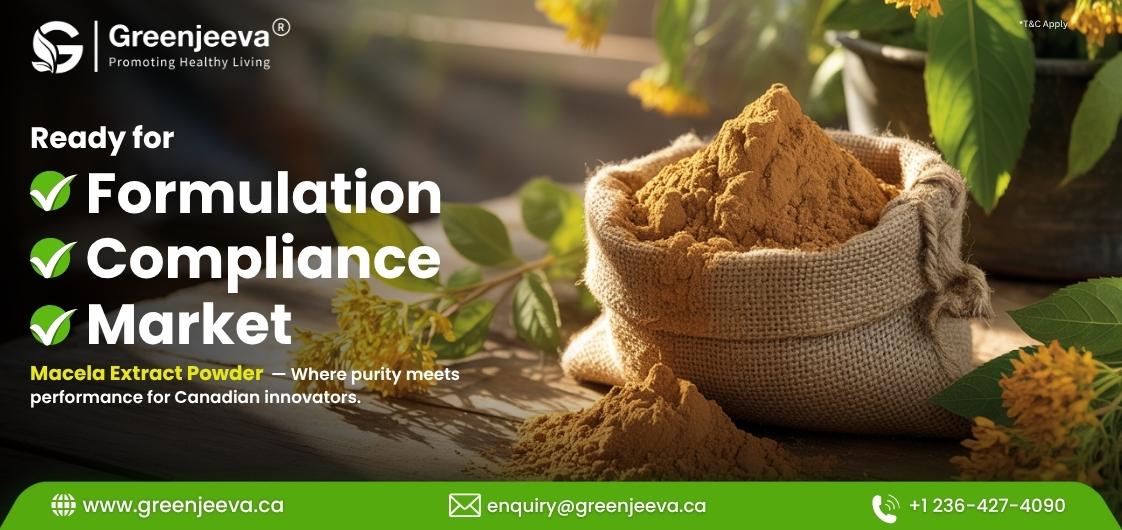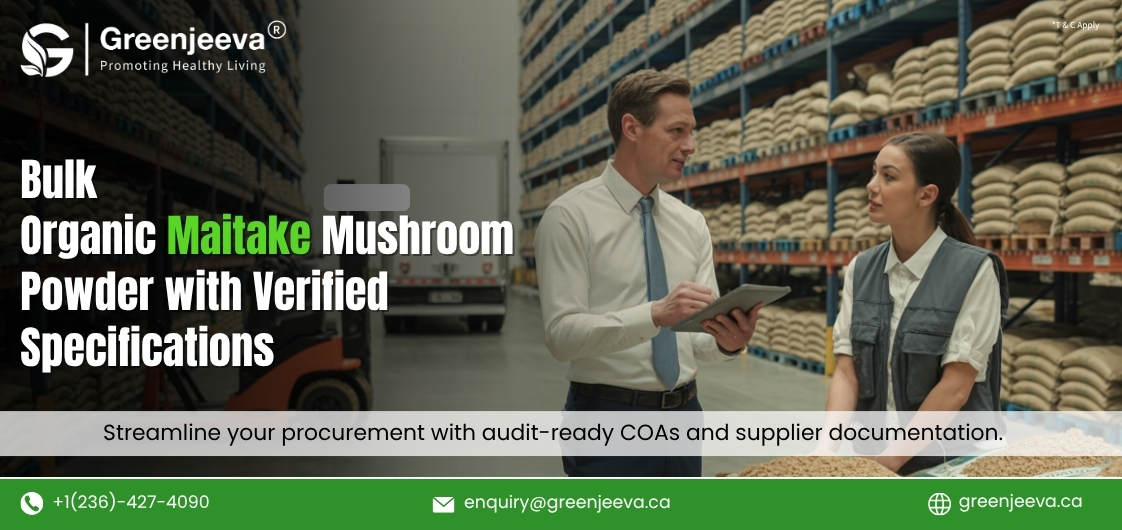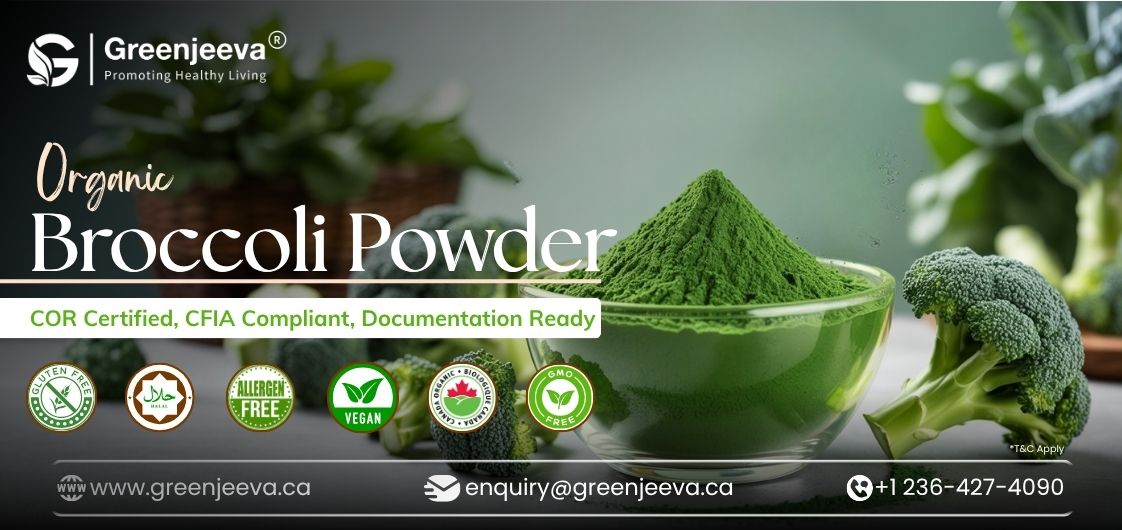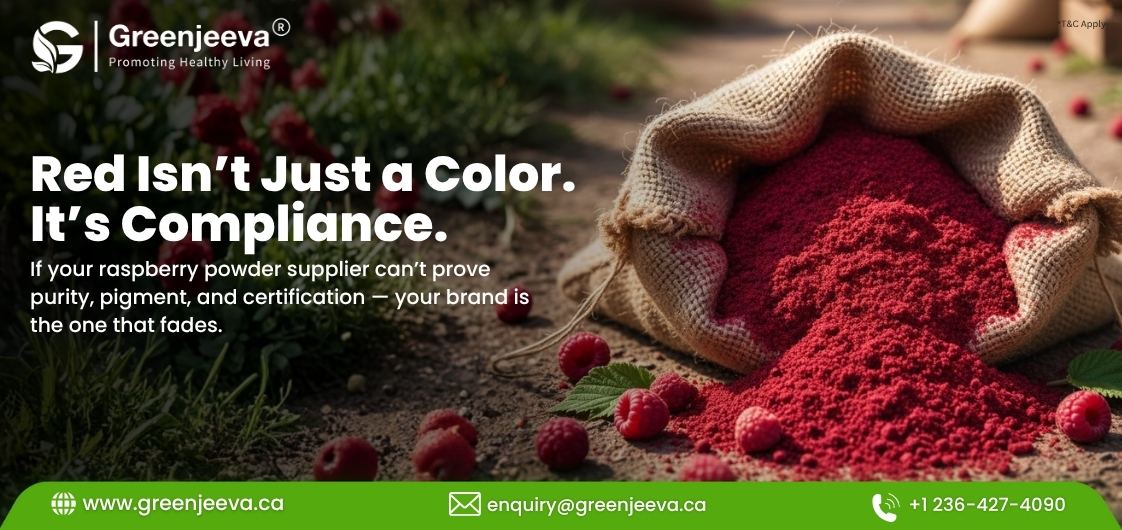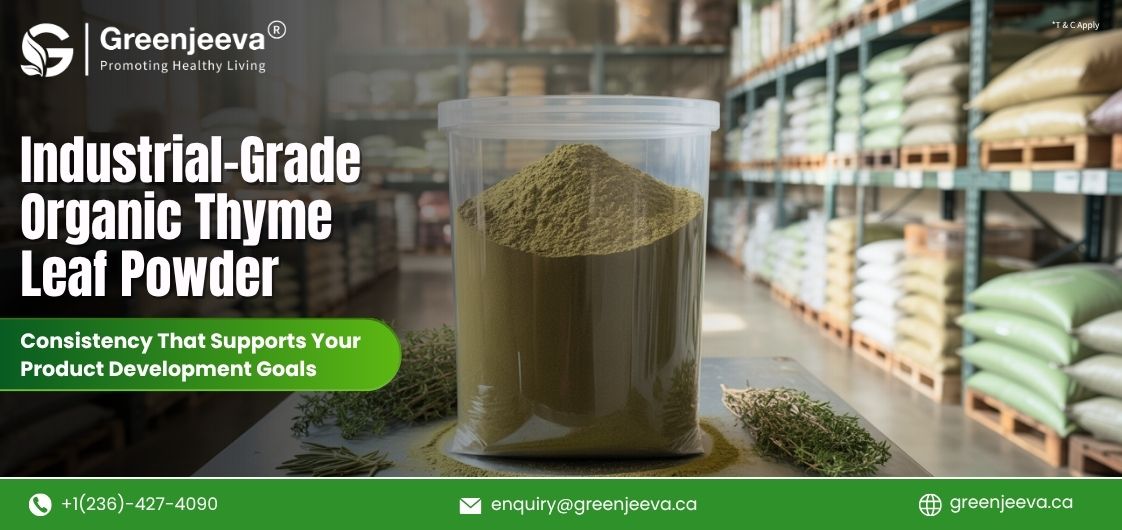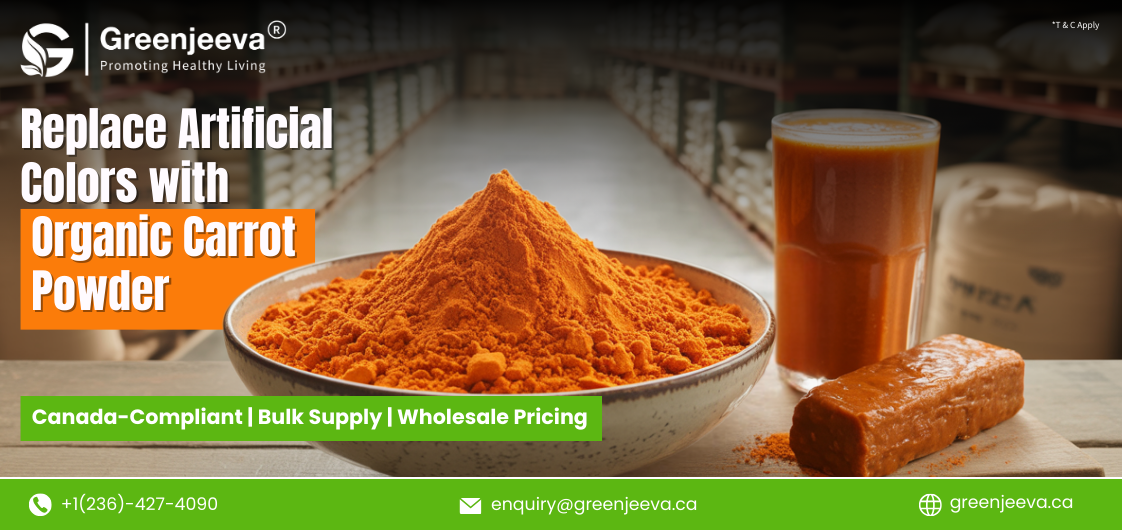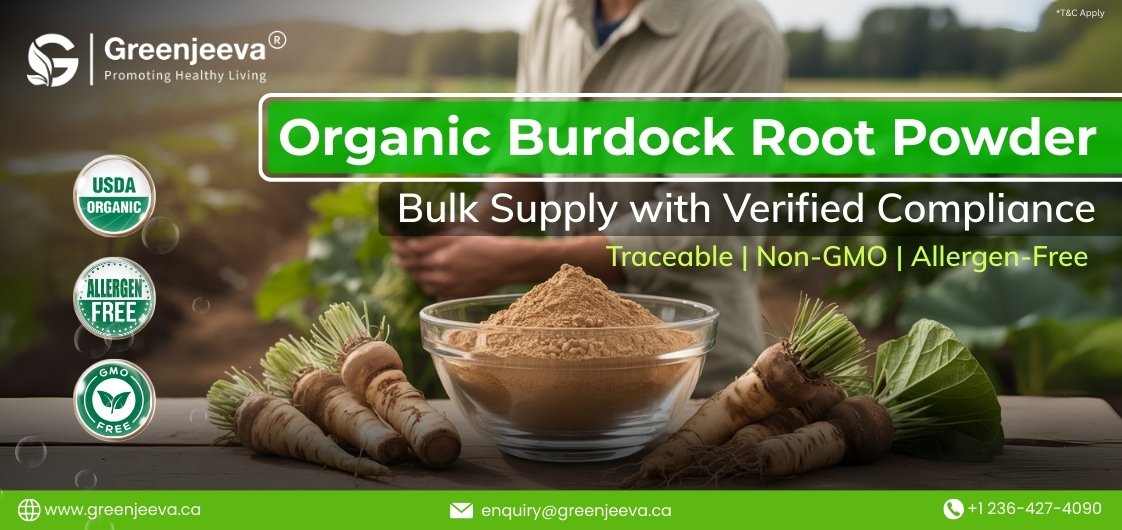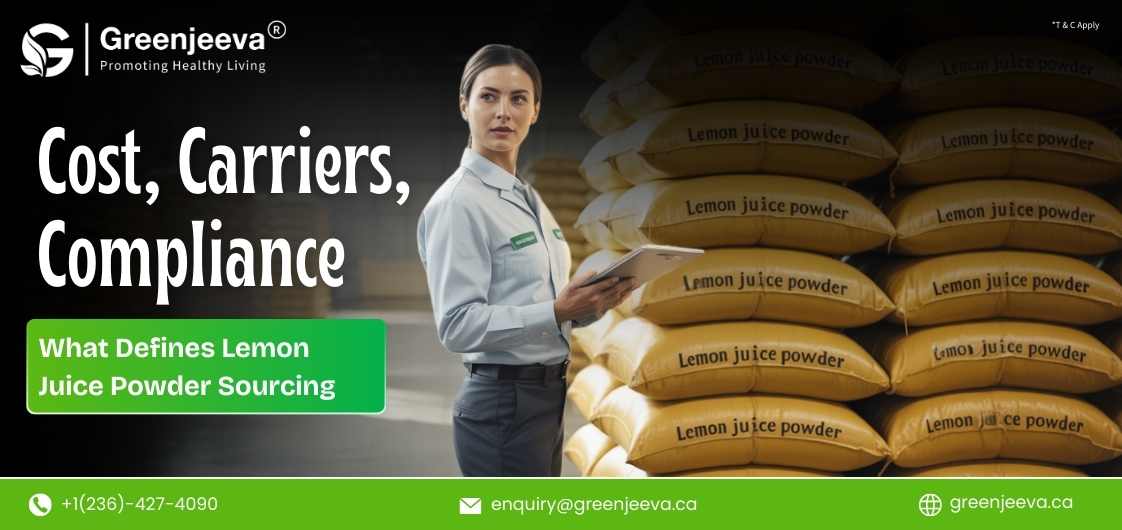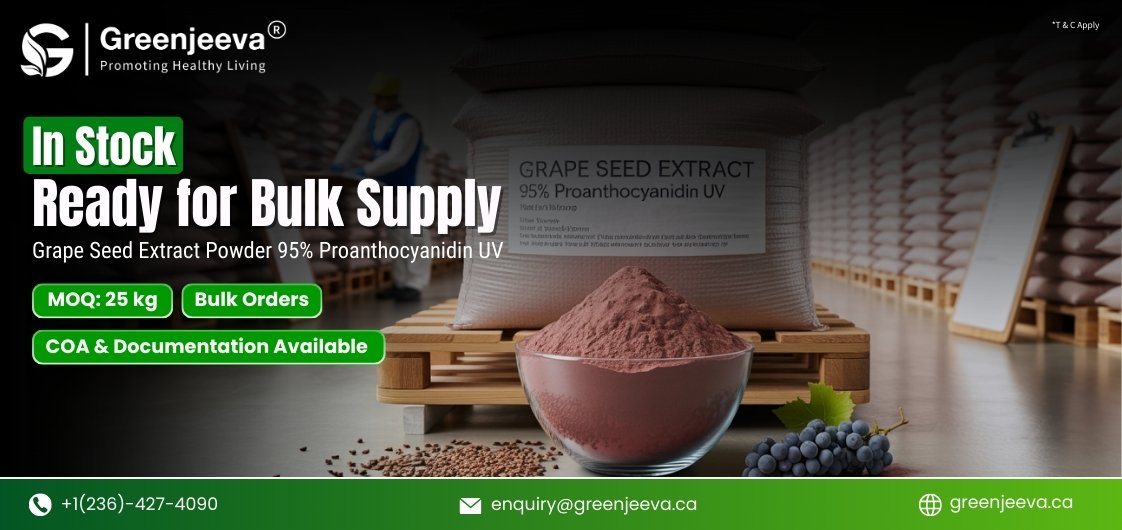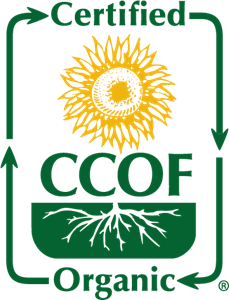Purple carrot powder has gained traction in recent years due to its vibrant color and natural origin. Derived from purple carrots, this powder offers a rich, deep purple hue that can range from lavender to nearly black, depending on concentration. Food manufacturers are increasingly turning to this natural alternative to meet consumer demand for clean-label products.
Benefits for Food Manufacturers
1. Natural Appeal: Purple carrot aligns with the growing consumer preference for natural ingredients, potentially boosting product appeal and sales.
2. Versatility: The powder can be used in a wide range of applications, from beverages and confectionery to baked goods and dairy products.

3. Stability: Unlike some natural colorants, purple carrot exhibits good stability under various processing conditions, including heat and pH changes.
4. Nutritional Value: Purple carrots are rich in anthocyanins, powerful antioxidants that may offer health benefits, adding nutritional value to the final product.
Purple Carrot Powder vs. Synthetic Dyes
When considering a switch to purple carrot powder, food manufacturers must weigh several factors:
1. Color Intensity and Consistency:
Synthetic dyes often provide more intense and consistent colors. However, advancements in purple carrot powder processing have significantly improved its color strength and uniformity.
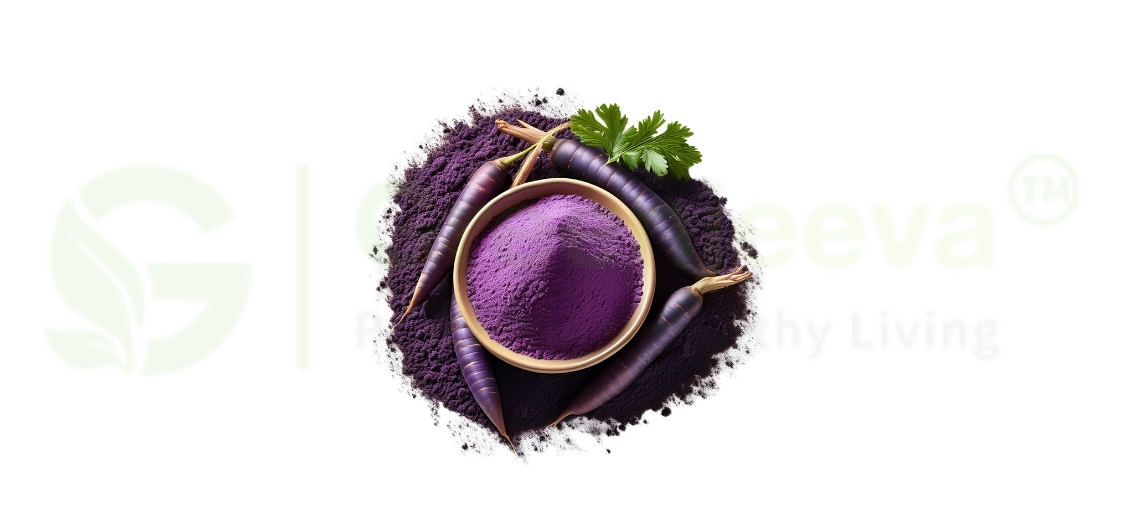
2. Cost:
Synthetic dyes are generally less expensive. Carrot powder may have a higher upfront cost, but its natural appeal can potentially justify premium pricing for the final product.
3. Regulatory Compliance:
Purple carrot powder faces fewer regulatory hurdles compared to synthetic dyes, which are subject to increasing scrutiny and restrictions in many markets.
4. Shelf Life:
Synthetic dyes typically offer longer shelf life. Carrot powder’s stability has improved, but manufacturers may need to adjust formulations or packaging to ensure optimal color retention.
5. Clean Label:
Purple carrot powder allows for simpler ingredient lists, often listed as “purple carrot juice concentrate” or “vegetable juice for color,” appealing to clean label seekers.
Considerations for Manufacturers
Transitioning to purple carrot powder requires careful planning:
1. Formulation Adjustments: Products may need reformulation to accommodate the powder’s unique properties and flavor profile.
2. Supply Chain: Ensuring a stable supply of high-quality carrot powder is crucial for consistent production.
3. Consumer Education: Manufacturers should consider educating consumers about the benefits of natural colorants to justify potential price increases.
4. Quality Control: Implementing new quality control measures to ensure consistent color and product stability is essential.
Looking Ahead
As consumer demand for natural products continues to grow, purple carrot is poised to play an increasingly important role in the food coloring industry. Its versatility, improved stability, and consumer appeal make it a compelling option for food manufacturers looking to innovate and meet market demands.
While challenges remain in terms of cost and color intensity compared to synthetic alternatives, ongoing research and development in extraction and processing techniques promise to further enhance the viability of purple carrot powder as a leading natural food colorant.
Food manufacturers who embrace this natural alternative may find themselves at the forefront of a significant industry shift, meeting consumer expectations while potentially opening new market opportunities.
**The Food and Drug Administration has not evaluated these statements. This product is not intended to diagnose, treat, cure, or prevent any disease.**


